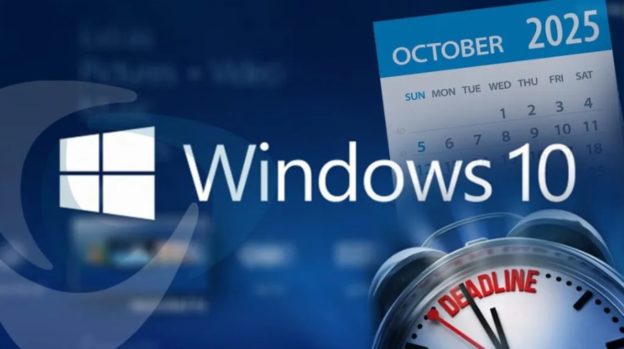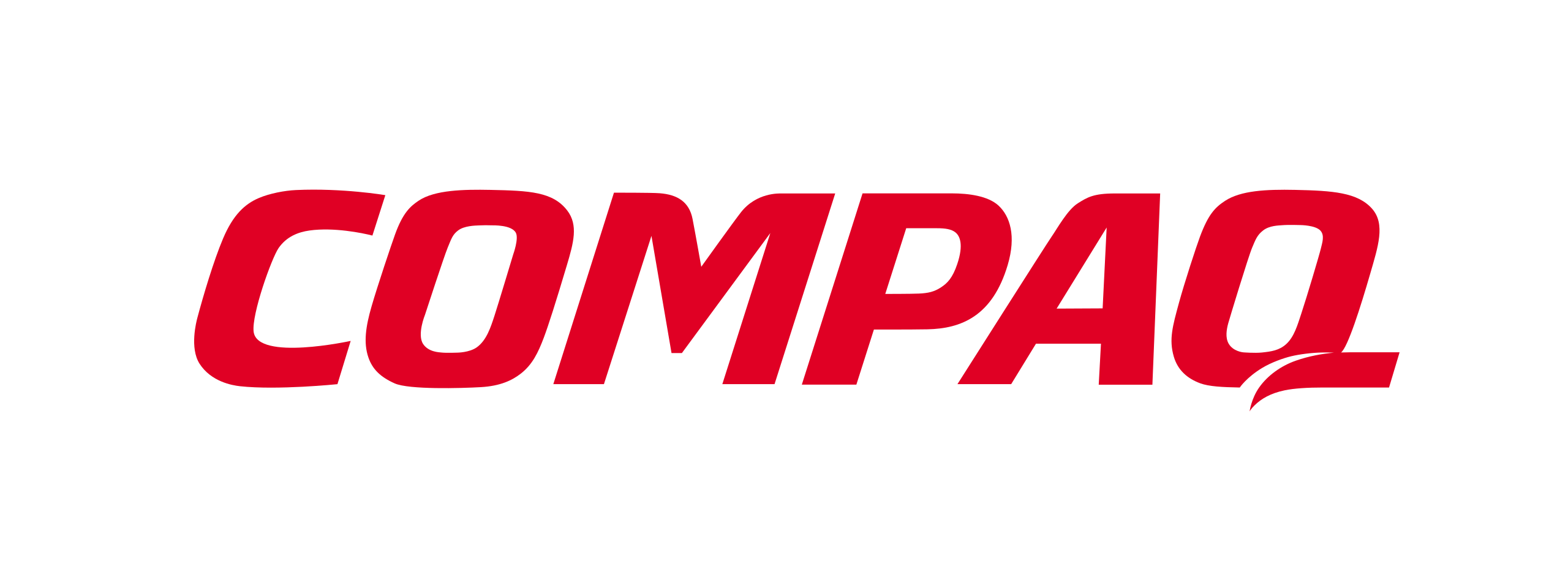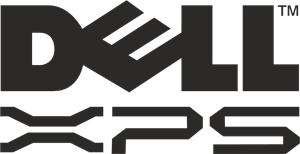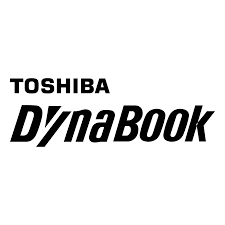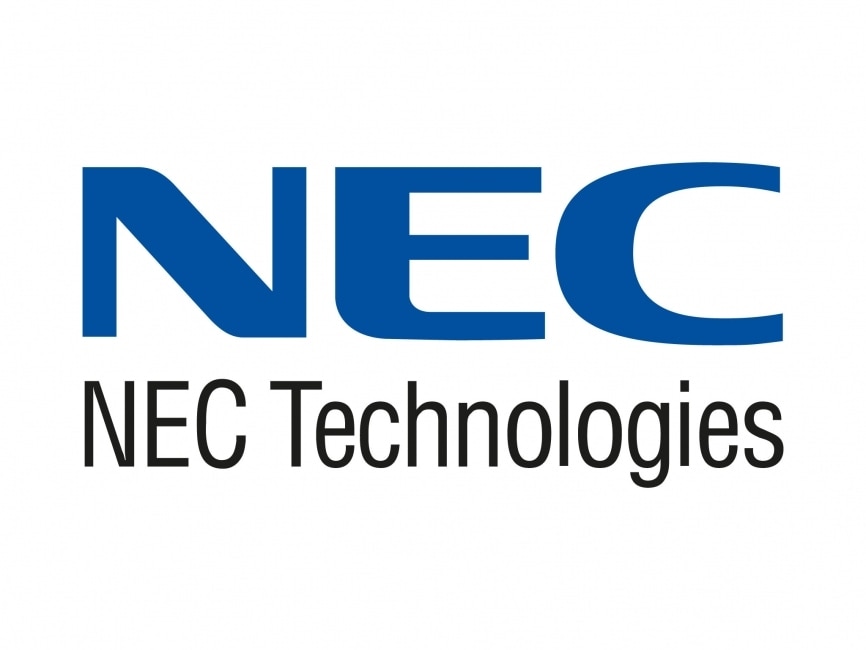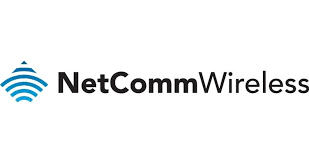These 3 Cutting Edge Data Security Technologies Will Help Secure The Future
As we move to a digital-first world, new opportunities arise for criminals who are looking to profit from their schemes and strategies. In 2017, cybercrimes resulted in a loss of over $1.4 billion. Since then, the rate of cybersecurity threats have greatly increased, with a $6.9 billion loss recorded in 2021 due to these events.

For the past few decades, corporations and enterprises have relied on the use of antivirus programs, as well as a firewall, in order to protect their internal systems and servers. Unfortunately, these are outdated cybersecurity methods that no longer offer the high-level coverage and protection needed today.
Fortunately, many companies are looking for methods that can help to increase cybersecurity effectiveness and block out more attacks. The cybersecurity market is worth around $173.5 billion, and its value continues to increase as more companies adopt technologies to keep their confidential data safe. Three particular technologies currently being worked on pose a large opportunity for companies to prevent data loss and leakage due to these attacks.
1. The Use Of Fake Servers And Files
There are different ways in which cybercriminals can gain access to your company’s files and servers. In most cases, they will use a certain approach to breach the firewall you have set up and then start to collect data that you have stored on the computers that form part of your network. This is how important business and consumer-related data are often leaked, which could lead to serious legal consequences for your business.
The use of fake files in a network is nothing new. Fred Cohen, a computer scientist, first described this type of strategy in 1999. With modern technological advancements, this strategy can be taken to a new level.
The idea is to have the company’s regular files hosted on its servers and add additional virtual files and servers to the network. The added files will not contain any real or valuable information but rather focus on being a “lure” for the attackers. The same goes to the additional virtual servers that are set up on the company’s network. Of course, naming these files can help make them seem more valuable than they are – essentially attracting the cybercriminal to obtain them while they have access to the network.
Many describe this as creating a virtual “zoo” of files and servers, aiming to trapping the criminals who breach the firewall on the network. When cybercriminals access fake files, it automatically triggers a notification of the staff members involved in the company’s cybersecurity systems. These triggers ensure these staff members know there is an attack underway and can take the appropriate countermeasures to kick the hackers off the network and secure it.
The current obstacle that some of these technologies face is creating files and fake servers so that they become the primary target for hackers who breach a firewall. When they first gain access to other servers, the hackers might be able to secure sensitive data before the triggers detect them that these fake files deliver.
2. Exploding Computer Chips
When a hacker gains access to a company’s servers, fast action needs to be taken. Failure to be quick when kicking them out and securing the network could lead to losing crucial information and data. This could leak company financials, consumer data, and several other elements that could cause trouble for the business. When the attack is difficult to block or kick out, an alternative method is needed to stop the hacker’s progress.
This is where exploding computer chips might be a good option. Researchers who are part of the team at PARC have started to conduct research and experiments on a computer chip that can explode through a remote trigger. The original research was actually conducted by DARPA (Pentagon’s Defense Advanced Research Projects Agency) and focused on the use of electronic platforms that could be used when taking the battlefield. The idea is to create electronics that can essentially “disappear” before enemy capture can occur – and the “disappearing” factor would generally involve a remote trigger to ensure human interaction is unnecessary.
PARC has taken inspiration from this technology and technique and started to work on a glass chip that could “crack” when a trigger is sent to it. The glass substrate offers a strong structure that ensures it provides a protective addition to a network server – but once the trigger is sent, the balancing stresses are released, which causes the chip to shatter.
Once this happens, the server goes down completely instantaneously. This is a good method to use when you need to ensure you are able to cut the hacker’s access off immediately. While it may cost you to replace the chip once you trigger it to crack, it will likely be a much lower expense than paying a ransom or having money stolen out of a business bank account.
3. Greater Encryption Coverage
Another cutting-edge data security technology quickly gaining traction is systems that help encrypt basically everything and everywhere. Encryption is nothing new, as it has been used to secure confidential files for some time. The idea here is to not only focus on keeping attackers out of a network but also to effectively protect every piece of data that has been stored on the servers.
Many businesses fear the use of encryption and decryption, yet it does pose as a highly effective method for storing important data. Without the encryption keys that are generated during the process, the attacker might be able to obtain the data but cannot do anything with it. This is because a unique key is generated the moment you encrypt data – and you cannot perform a decryption of the data without that key.
Experts now recommend not being selective about which data should be encrypted. This is time-consuming and can still leave overlooked data files exposed. Instead, they advise encrypting everything, everywhere. This essentially means having all data stored on a company’s server, whether internal or based on cloud technology, encrypted with a high-security encryption algorithm.
While decryption can be a pain in some cases, setting up a system that controls data encryption and decryption can help ease the process. This makes it less effort to ensure all data is encrypted, regardless of where the company decides to store it. The system can also provide easy access to the encryption keys for personnel with the appropriate authorisation.
Conclusion
The internet is lurking with cybercriminals looking to steal data and money. Millions of cyber attacks are recorded every year, and the numbers just keep growing. Standard cybersecurity methods that most companies rely on today are considered outdated and have limited efficacy. With advancements in self-destructing chips, fake servers, and better encryption, we might be seeing better defensive mechanisms come to market in the near future.
References
- https://parachute.cloud/2022-cyber-attack-statistics-data-and-trends/
- https://explodingtopics.com/blog/new-cybersecurity-statistics
- http://all.net/journal/deception/mathdeception/mathdeception.html
- https://www.parc.com/
Written by The Original PC Doctor on 27/1/2023.










